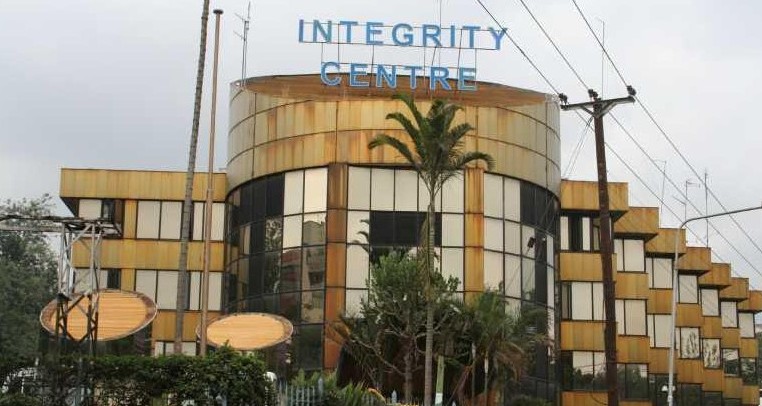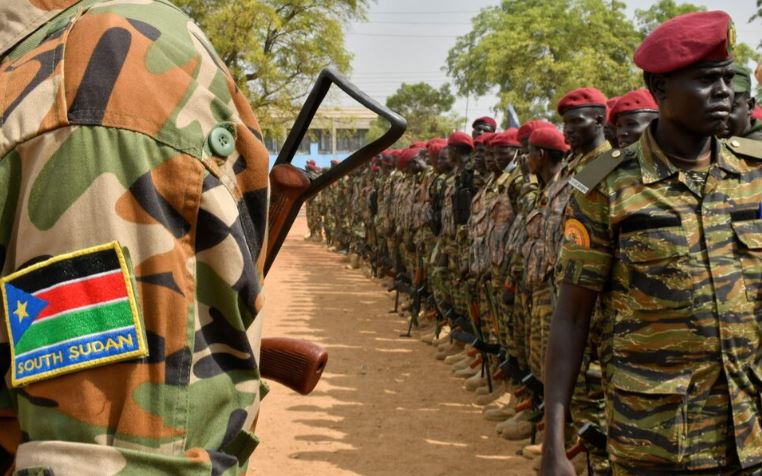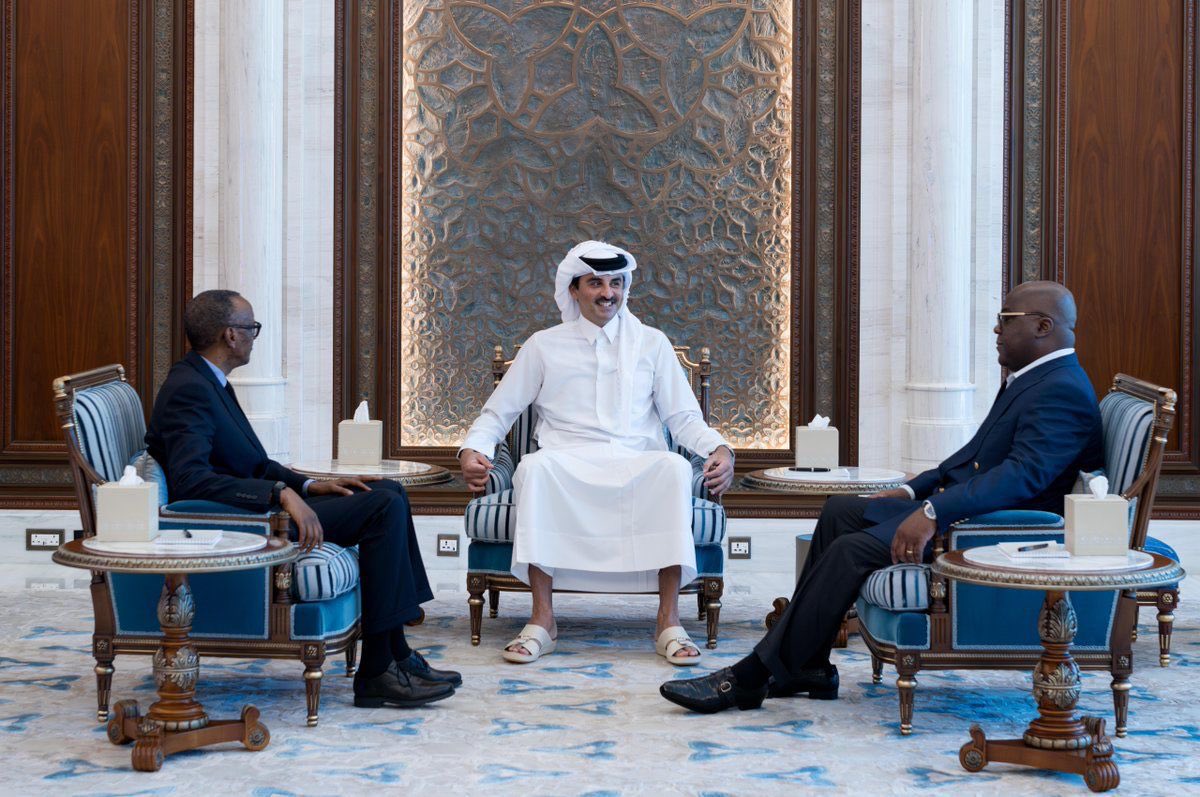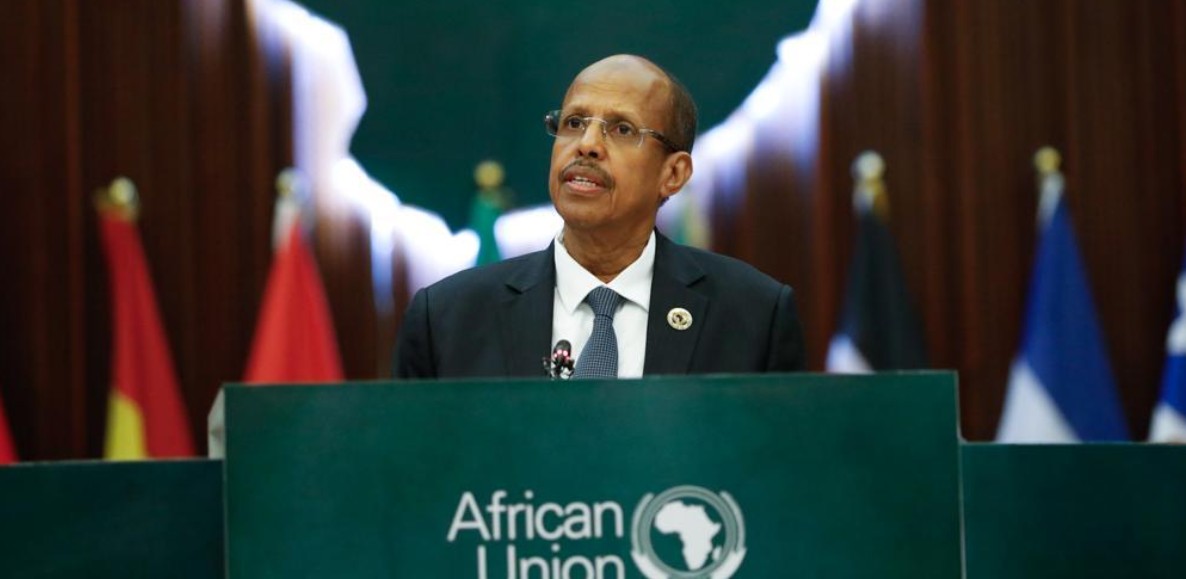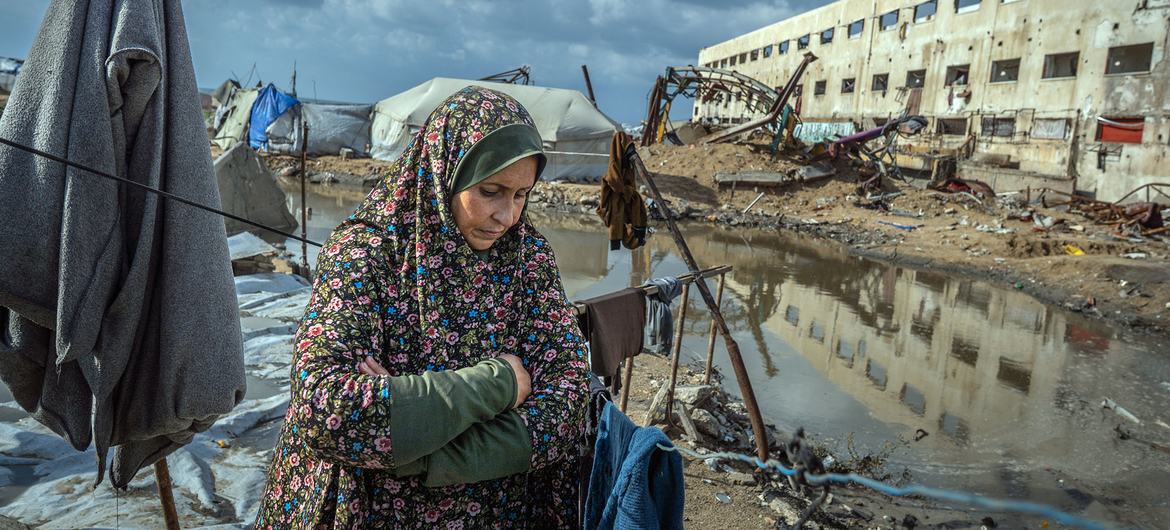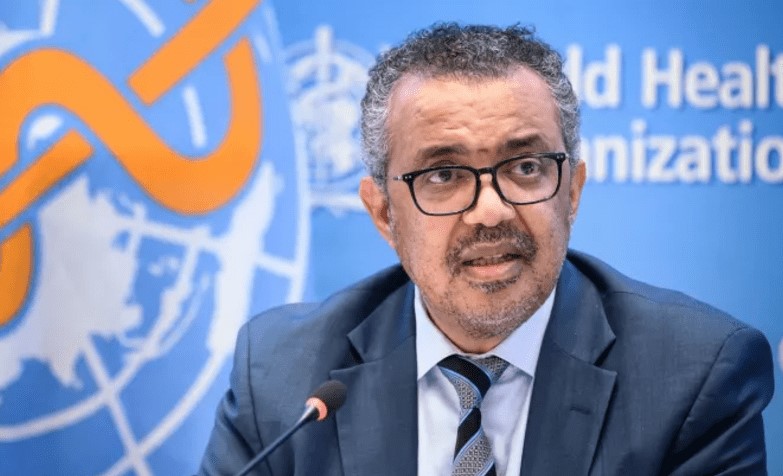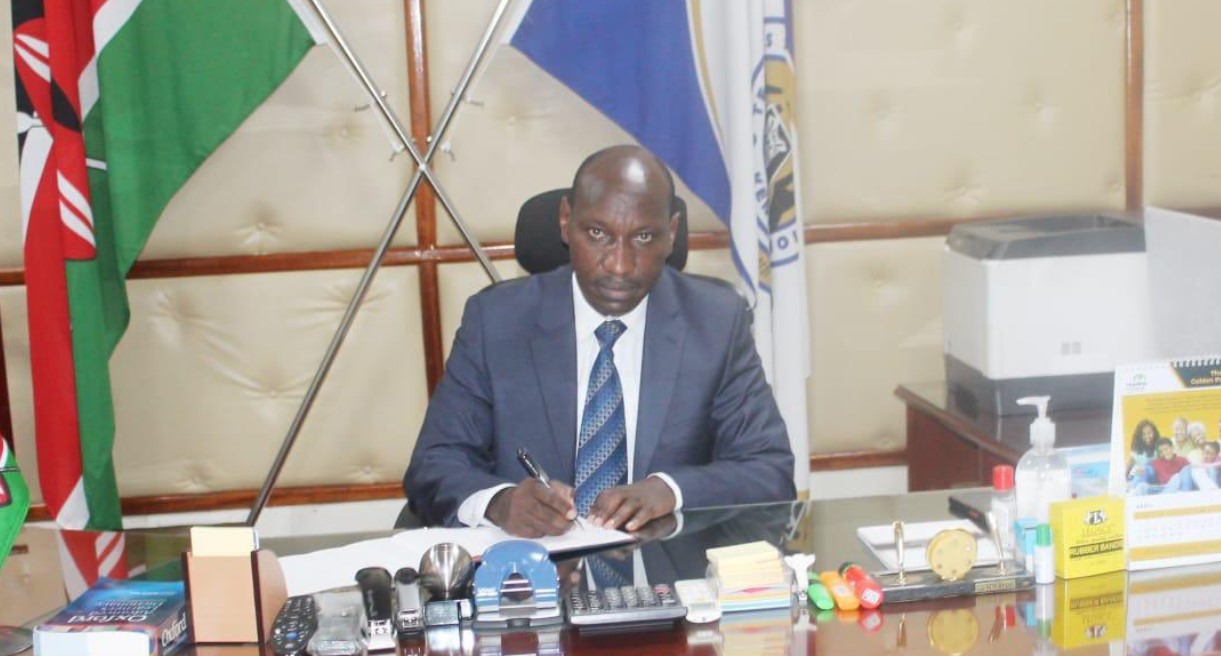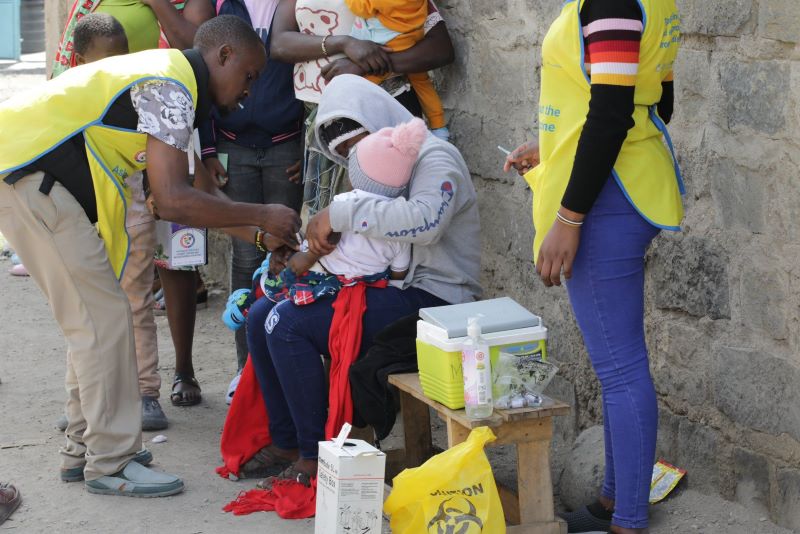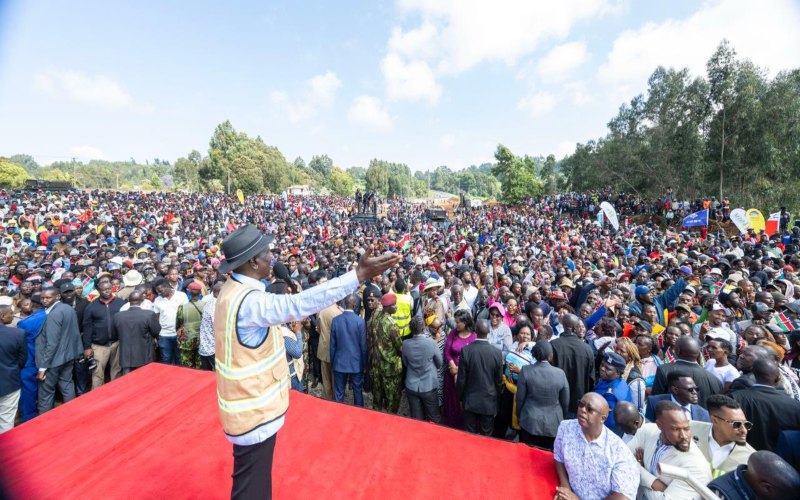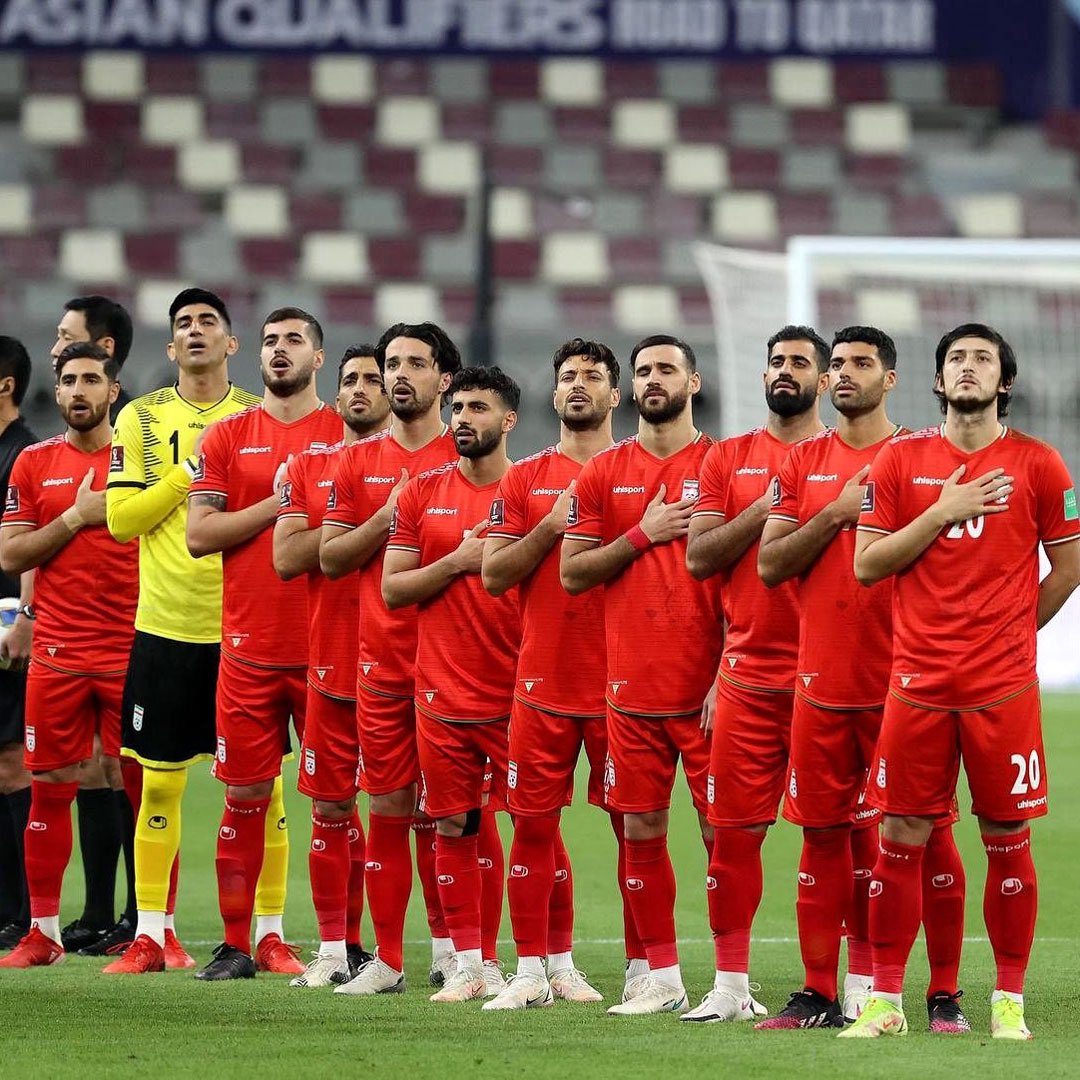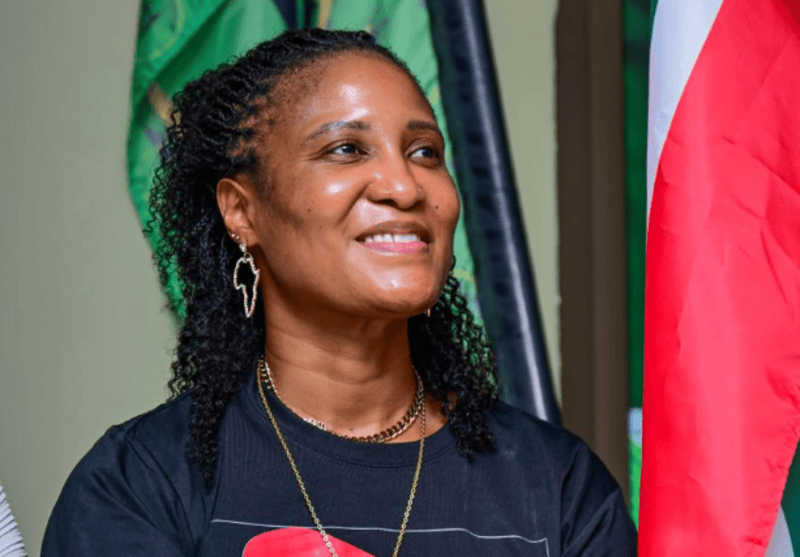With world distracted by conflicts elsewhere, Syrian civil war flares up again
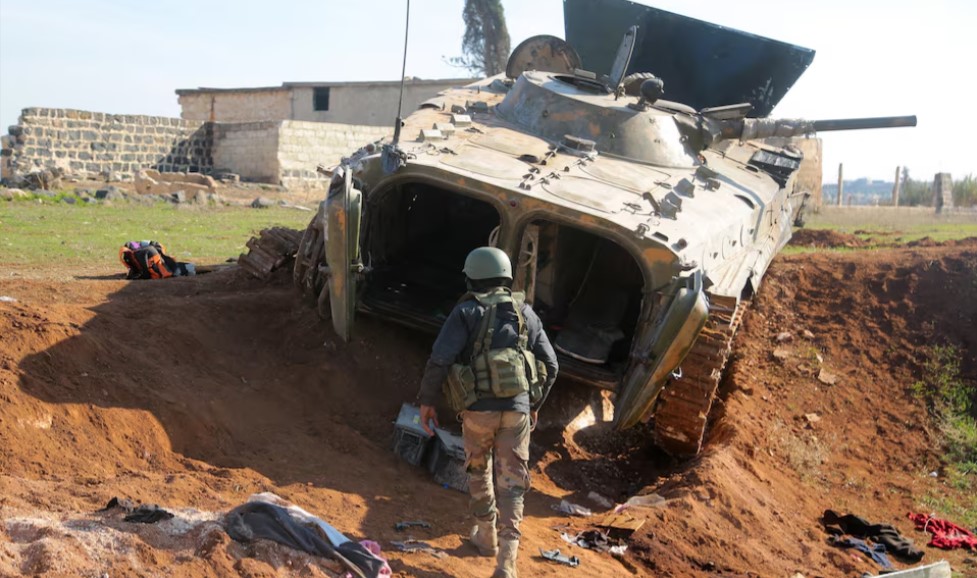
Russia’s distraction and weakening support for the Assad government partly explains the opportunity seized by the HTS and SNA coalitions.
By Mehmet Ozalp
The forgotten Syrian civil war has again flared up with the spectacular capture of Aleppo by opposition forces. A complex set of circumstances created the right time for rebels to strike, plunging Syria into an uncertain future and catching President Bashar al-Assad by surprise.
More To Read
- Ethiopia’s Hayli Gubbi volcano spews ash across Red Sea into Yemen in historic eruption
- Gaza: Two children killed every day during fragile ceasefire, says UNICEF
- Nigeria’s new terror threat: JNIM is spreading but it’s not too late to act
- How ATPU busted prominent lawyer over alleged terror financing linked to ISIS
- 200 militants killed in Boko Haram-ISWAP clashes in Northeast Nigeria
- Kenyan Muslims plant 10,000 trees at Uhuru Park in solidarity with Palestine
The Syrian civil war has been largely forgotten in a new world defined by the Covid-19 pandemic, the Russian invasion of Ukraine and the Gaza conflict. Now it is firmly back in the international spotlight.
Status quo before the attack on Aleppo
Let’s remember what was happening in Syria before the recent insurgency.
Russia and Iran had backed the Assad government, and its forces were in firm control of Syria’s largest cities, Aleppo (the industrial hub and Syria’s second-largest city, with a population of 2 million), Damascus, Homs and Latakia, among others.
After the fall of Islamic State (IS) in 2019, IS remnants and just about all jihadist groups and rebels, together with their families, gathered in the north western city of Idlib. This doubled its population to 2.7 million, making it Syria’s largest city.
Significantly, Idlib shares a large border with Turkey. Turkey has had a military presence in north eastern Syria and controlled a large territory during three successive military operations in 2017, 2018 and 2019.
Largely rural north eastern Syria, as well as the Kurdish and Arab majorities east of the Euphrates River, are controlled by the Kurdish People’s Protection Units (YPG), who managed to fend off IS with US support. This region includes much of Syria’s oil and wheat production.
The status quo was cemented by a ceasefire agreement brokered by Russia and Turkey in 2020. Now this has been disrupted by a surprise attack on Aleppo by a coalition of rebels and opposition forces.
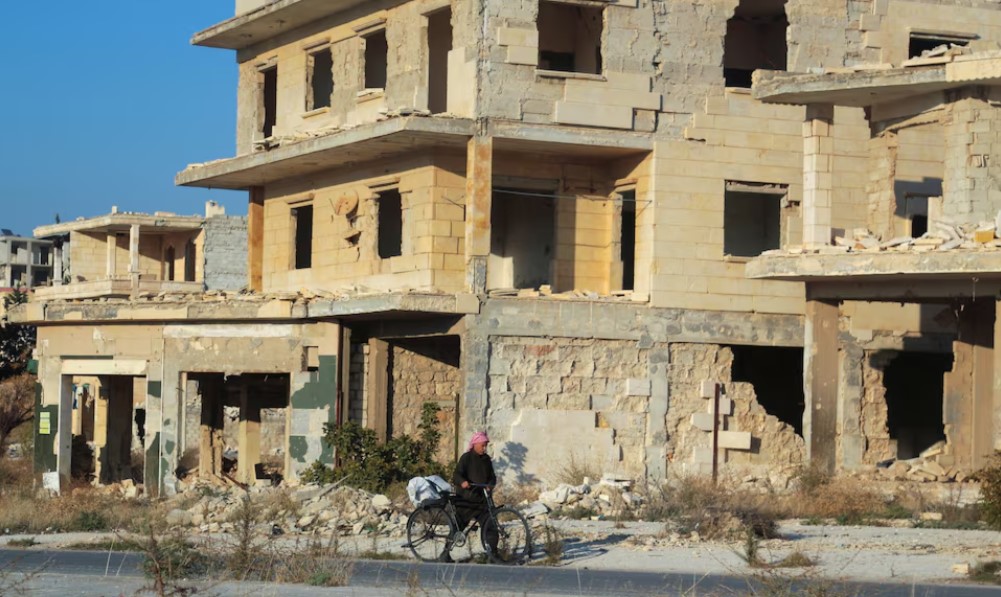 A man walks with his bike past damaged buildings in the town of Tel Rifaat, Syria on December 2, 2024. (Photo:REUTERS Mahmoud Hassano)
A man walks with his bike past damaged buildings in the town of Tel Rifaat, Syria on December 2, 2024. (Photo:REUTERS Mahmoud Hassano)
Why did the insurgents attack Aleppo?
The forces that participated in the Aleppo offensive are a coalition of various rebels and anti-Assad opposition groups centred in Idlib. The biggest block is Hayat Tahrir al-Sham (HTS), which splintered from Al-Qaeda in 2016.
A second large group is the Syrian National Army (SNA), a rebel group supported by Turkey. There are a multitude of smaller armed groups within the HTS and SNA coalitions.
Pulling together such diverse groups into a coalition needs a facilitator. It seems Turkey has played this role. Taking advantage of the caretaker status of US politics after the elections, Turkey had the opportunity to give the go-ahead to the Aleppo offensive. Outgoing President Joe Biden is politically weak and hardly in a position to pay attention to Syria. President-elect Donald Trump’s previous Syria policy suggests he would not much care who controls Aleppo.
Other Topics To Read
Russian preoccupation with the costly war in Ukraine is another contributing factor. Russia has been struggling to win the war for almost three years, with increasing casualties and cost. Russia is a major supplier of weapons to the Assad government. But just about all Russian military personnel – and most importantly weapons – were concentrated on the Ukraine front.
Russia’s distraction and weakening support for the Assad government partly explains the opportunity seized by the HTS and SNA coalitions.
Iran is another important supporter of the Assad government. It has been under increasing pressure from Israel and the US since October 7 for supporting Hamas and other anti-Israel political elements such as Yemen and Hezbollah in Lebanon. Israel has accused Iran of providing weapons to Hezbollah.
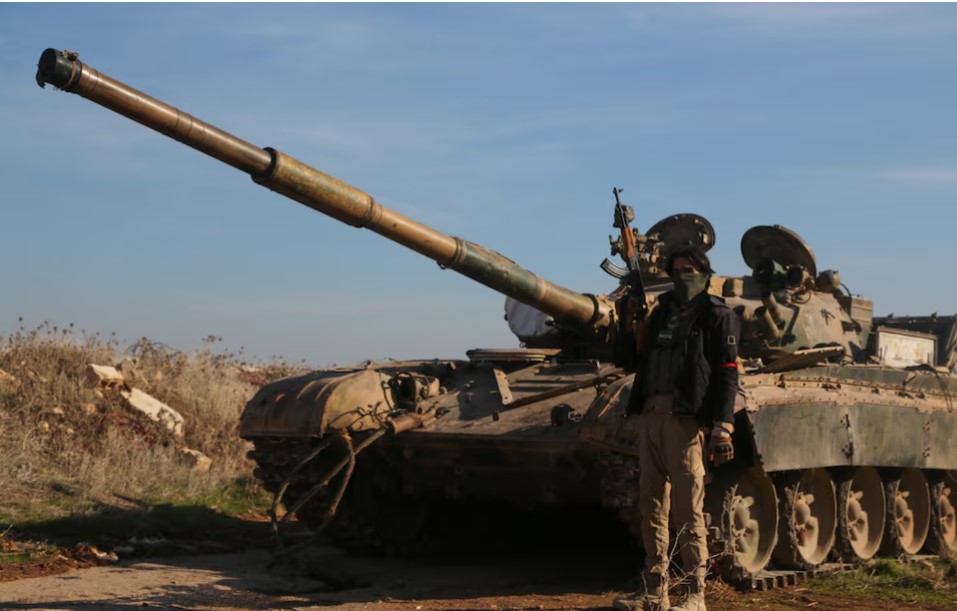 A rebel fighter holds his weapon as he stands in front of a military vehicle in Menagh, north of Aleppo, Syria on December 2, 2024. (Photo: REUTERS/Mahmoud Hassano)
A rebel fighter holds his weapon as he stands in front of a military vehicle in Menagh, north of Aleppo, Syria on December 2, 2024. (Photo: REUTERS/Mahmoud Hassano)
Added to this, Iran has had a series of political setbacks. In May 2024, Iran lost its President Ebrahim Raisi in a helicopter crash. In July 2024, Hamas political leader Ismail Haniyeh was assassinated in Tehran. Most recently there have been rumours that Iran’s Supreme Leader, Ali Khamenei, is seriously ill.
Iran’s focus on these factors may have diverted its attention from Syria, potentially weakening its support for the Assad government.
What seems to be the real driving force behind the Aleppo offensive is Hamas’s surprise attack on Israel on October 7. That attack demonstrated how a well-coordinated and unified surprise operation could yield military results against a significantly stronger force.
It is highly likely that opposition groups in Syria used October 7 as a model and rallied to unite disparate groups under one goal: the capture of Aleppo. They took the opportunity caused by the key players in the Syrian conflict being distracted, striking when it was least expected.
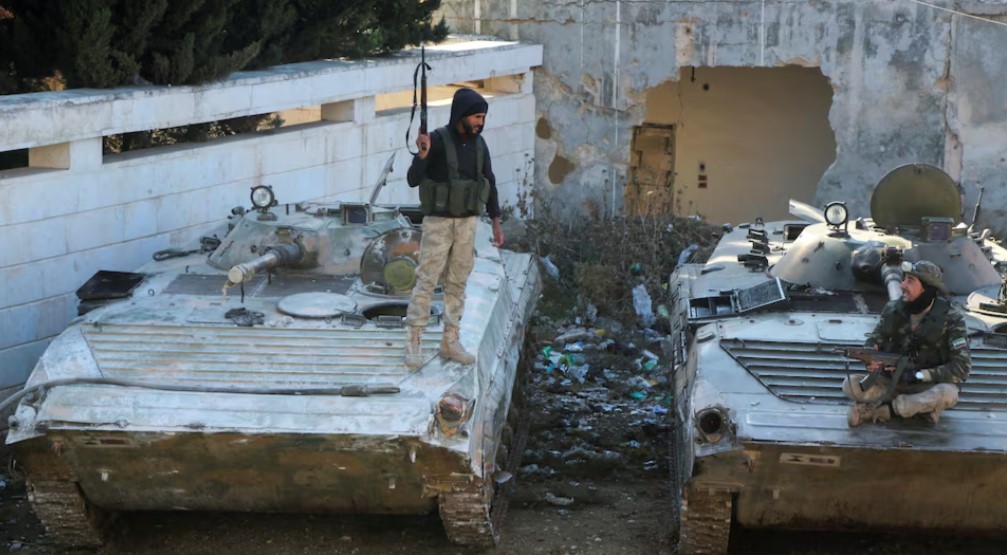 Rebel fighters talk together as one of them stands on a military vehicle holding a weapon in the town of Tel Rifaat, Syria on December 2, 2024. (Photo: REUTERS Mahmoud Hassano)
Rebel fighters talk together as one of them stands on a military vehicle holding a weapon in the town of Tel Rifaat, Syria on December 2, 2024. (Photo: REUTERS Mahmoud Hassano)
What might happen now?
After their spectacular success in capturing Aleppo, the anti-Assad forces’ morale is high. They will cement their hold in Aleppo. Rebels may even continue their offensive to Hama, the next large city south of Idlib.
Turkey will continue to supply the rebels with political support and supplies. Turkey aims to extend its influence in northern Syria through vassal groups of Sunni Muslims, the dominant orientation of Islam in Turkey. Its main objective is to limit and, if possible, reduce regions controlled by Kurdish YPG. Capturing Aleppo from the Assad government is a key step in this objective.
While Kurds are not happy with Turkey’s growing involvement in the Syrian civil war, they may prefer to deal with HTS than the Assad government. Kurdish militia have already announced they are withdrawing from Aleppo and will not contest rebels in the city.
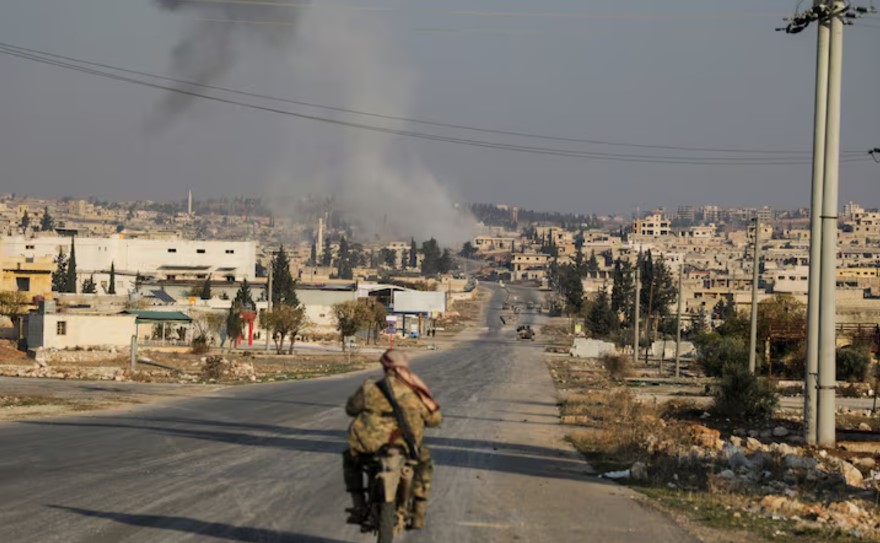 Smoke rises as a member of the rebels led by the Islamist militant group Hayat Tahrir al-Sham drives on a motorbike in al-Rashideen, Aleppo province, Syria on November 29, 2024. (Photo: File/REUTERS/Mahmoud Hasano)
Smoke rises as a member of the rebels led by the Islamist militant group Hayat Tahrir al-Sham drives on a motorbike in al-Rashideen, Aleppo province, Syria on November 29, 2024. (Photo: File/REUTERS/Mahmoud Hasano)
Assad continues to receive vital, albeit weakened, support from Russia and Iran. Domestically, Assad enjoys backing from key constituencies, including the Shiite-Alawite population and secular-minded Syrians who oppose the establishment of a theocratic state. These groups provide Assad with a critical base of support, which reinforces his regime’s resilience in the face of opposition advances.
Reclaiming Aleppo
Assad is expected to intensify his efforts to reclaim Aleppo. Even if he ultimately loses the city, he may use the battle to consolidate his hold over other key regions and fortify his power in the territories still under his control.
The Syrian civil war remains unresolved as the country fractures into three zones: Turkey-backed Sunni forces in the north, US-supported Kurdish forces in the northeast, and the Shiite-backed Assad government controlling the west and south.
Each faction, driven by international and local interests, continues to entrench its hold, deepening the divide and complicating prospects for peace.
Mehmet Ozalp is an Associate Professor in Islamic Studies, Director of The Centre for Islamic Studies and Civilisation and Executive Member of Public and Contextual Theology, Charles Sturt University
Top Stories Today

